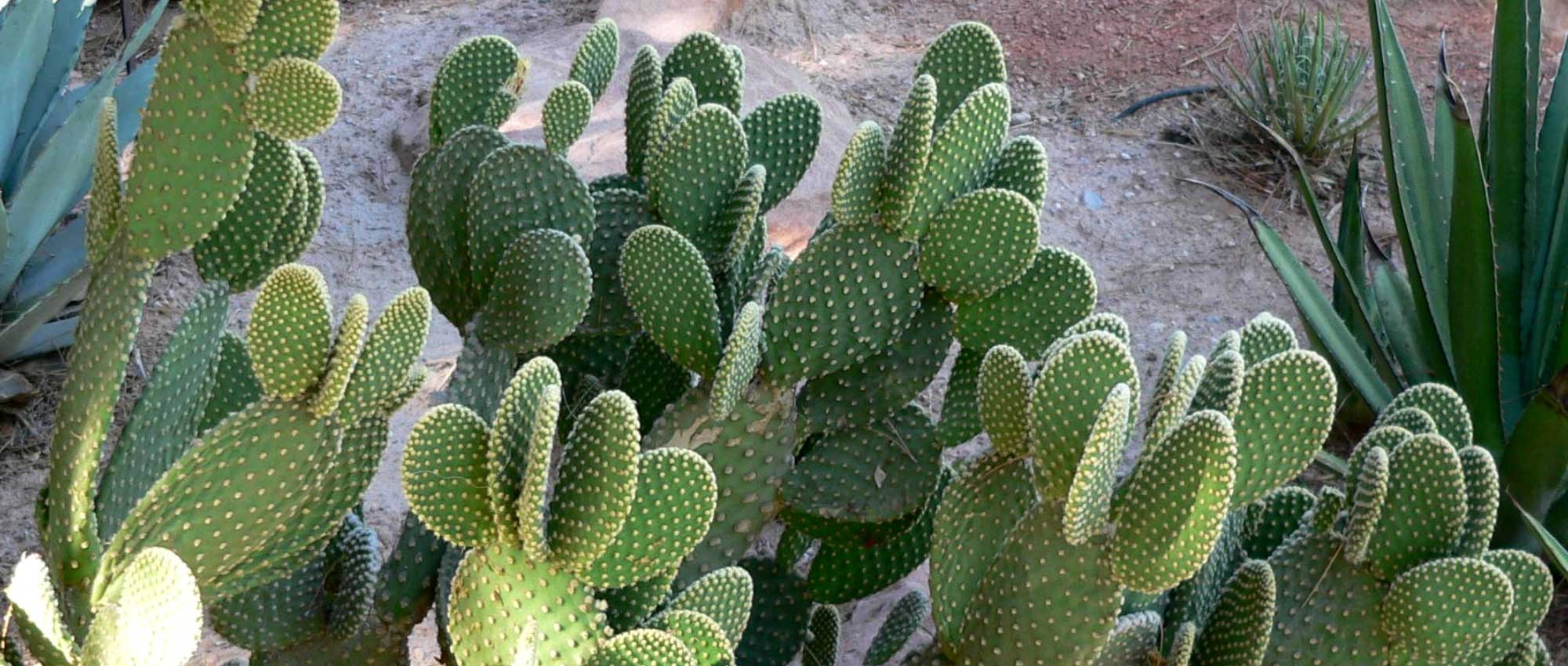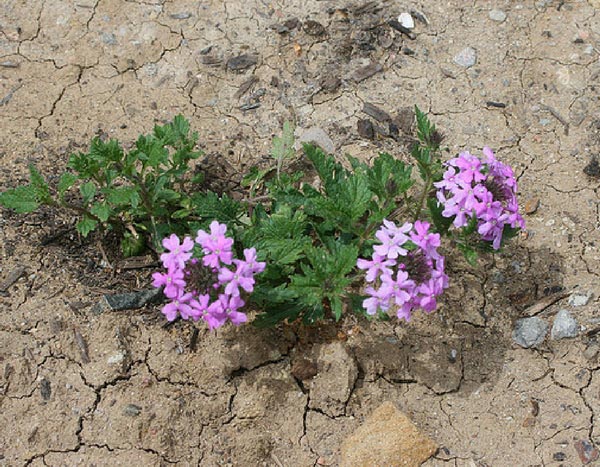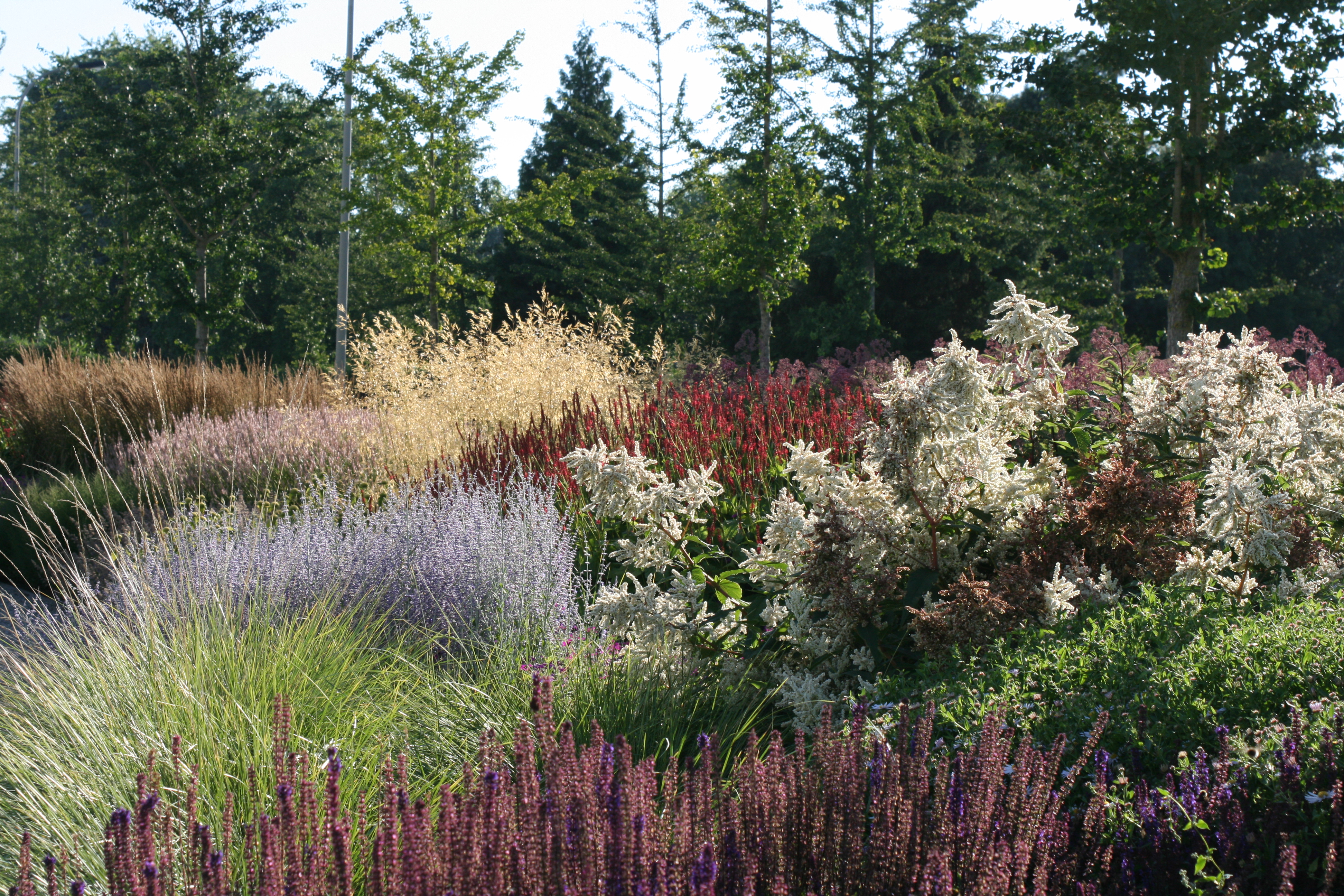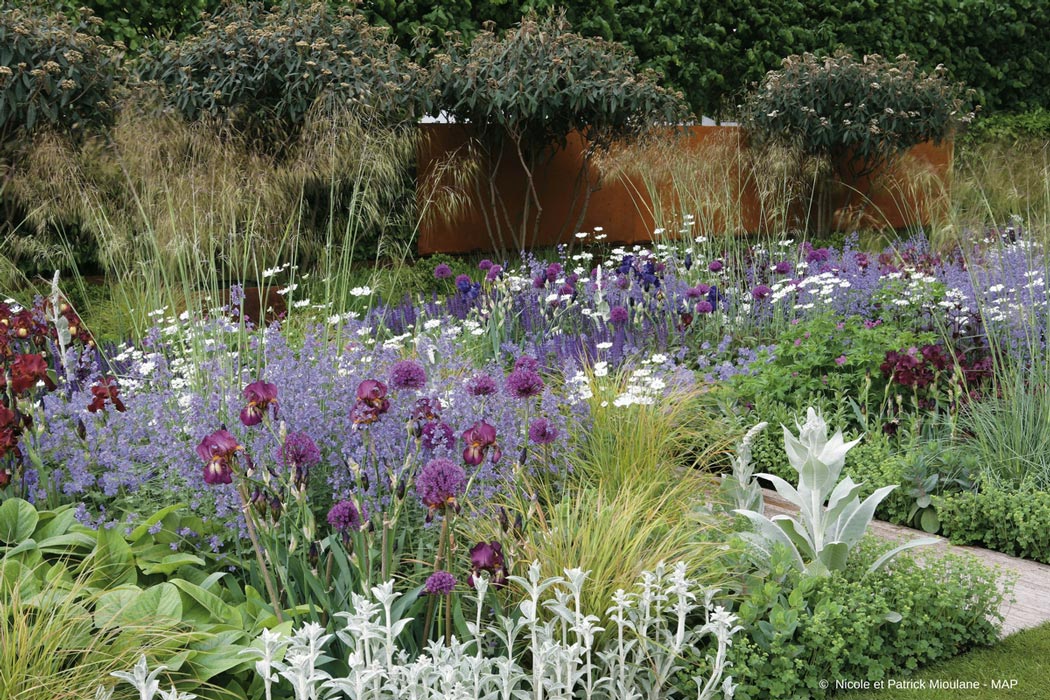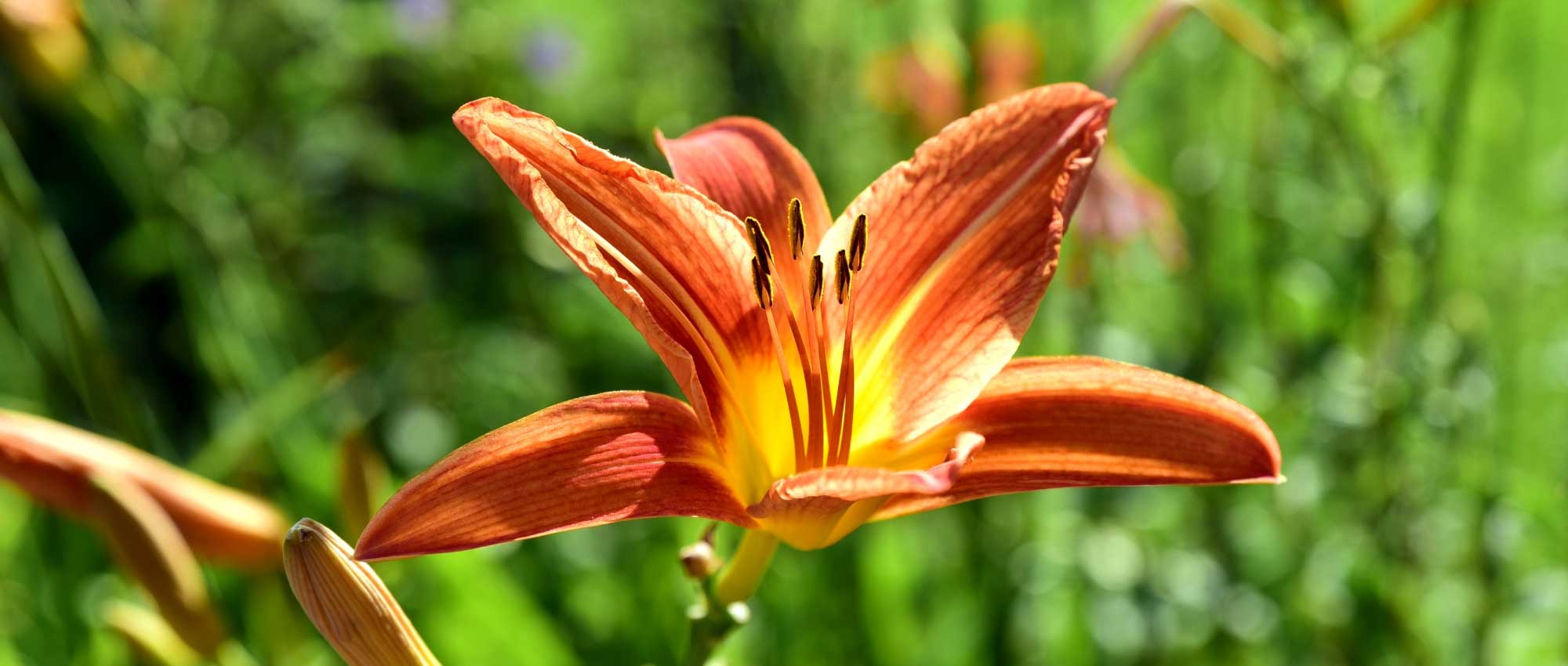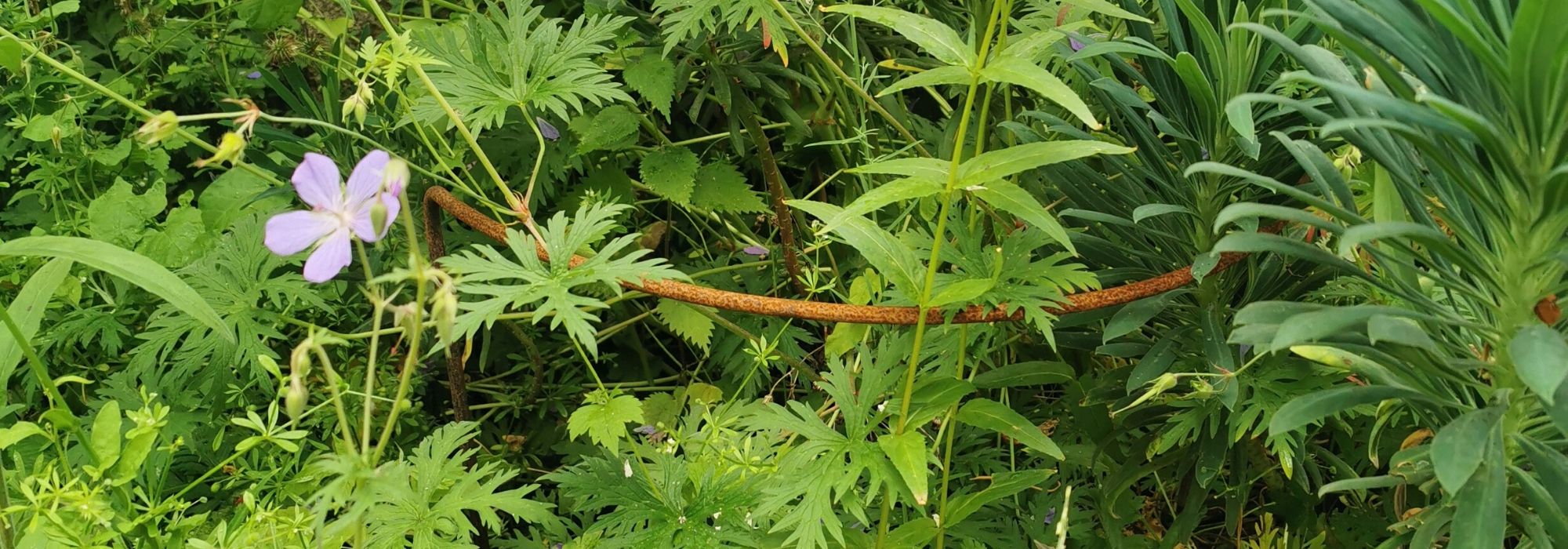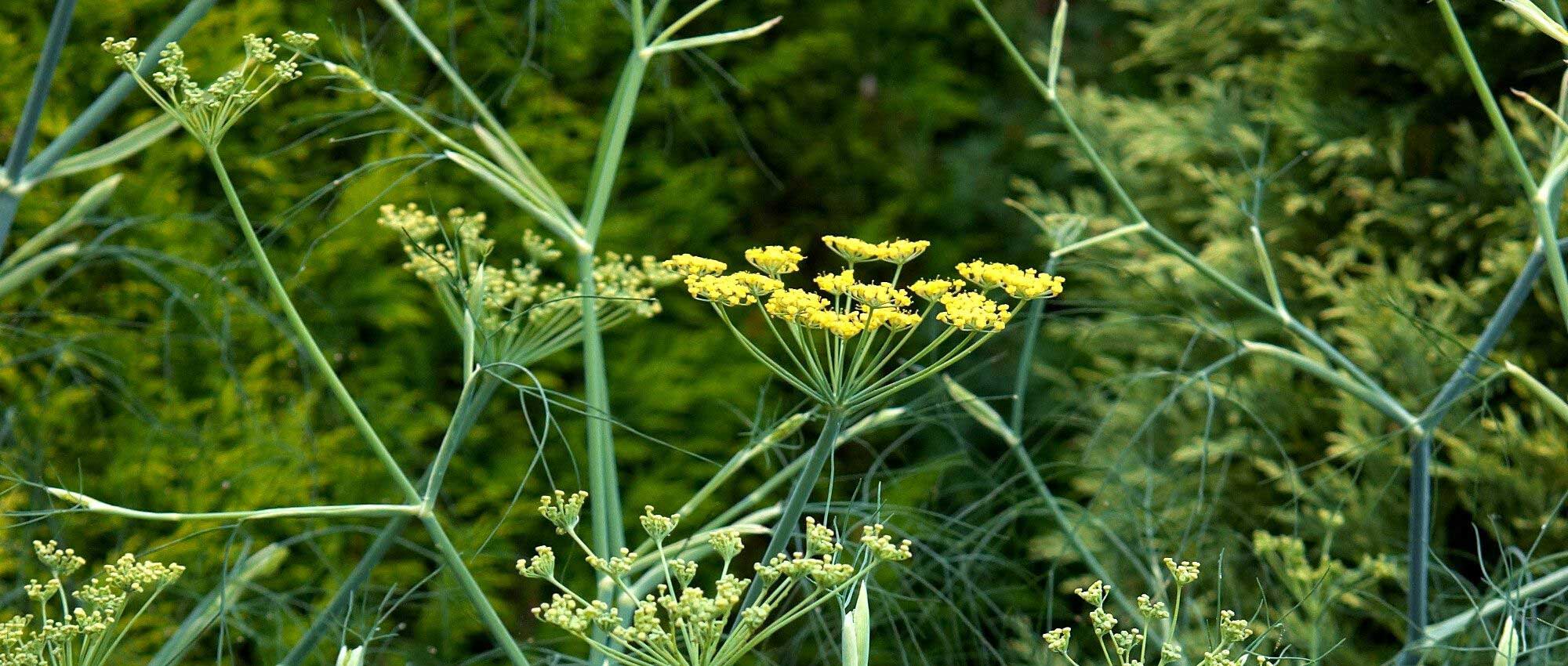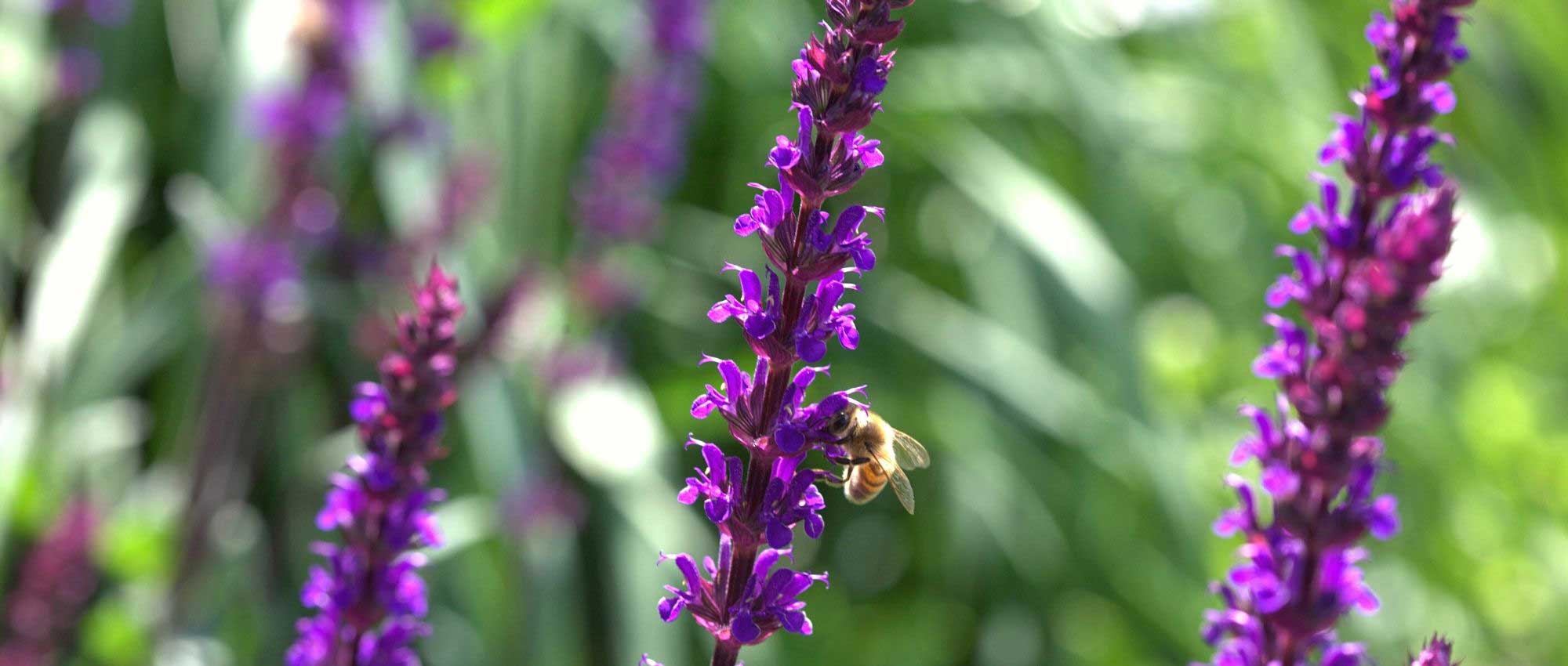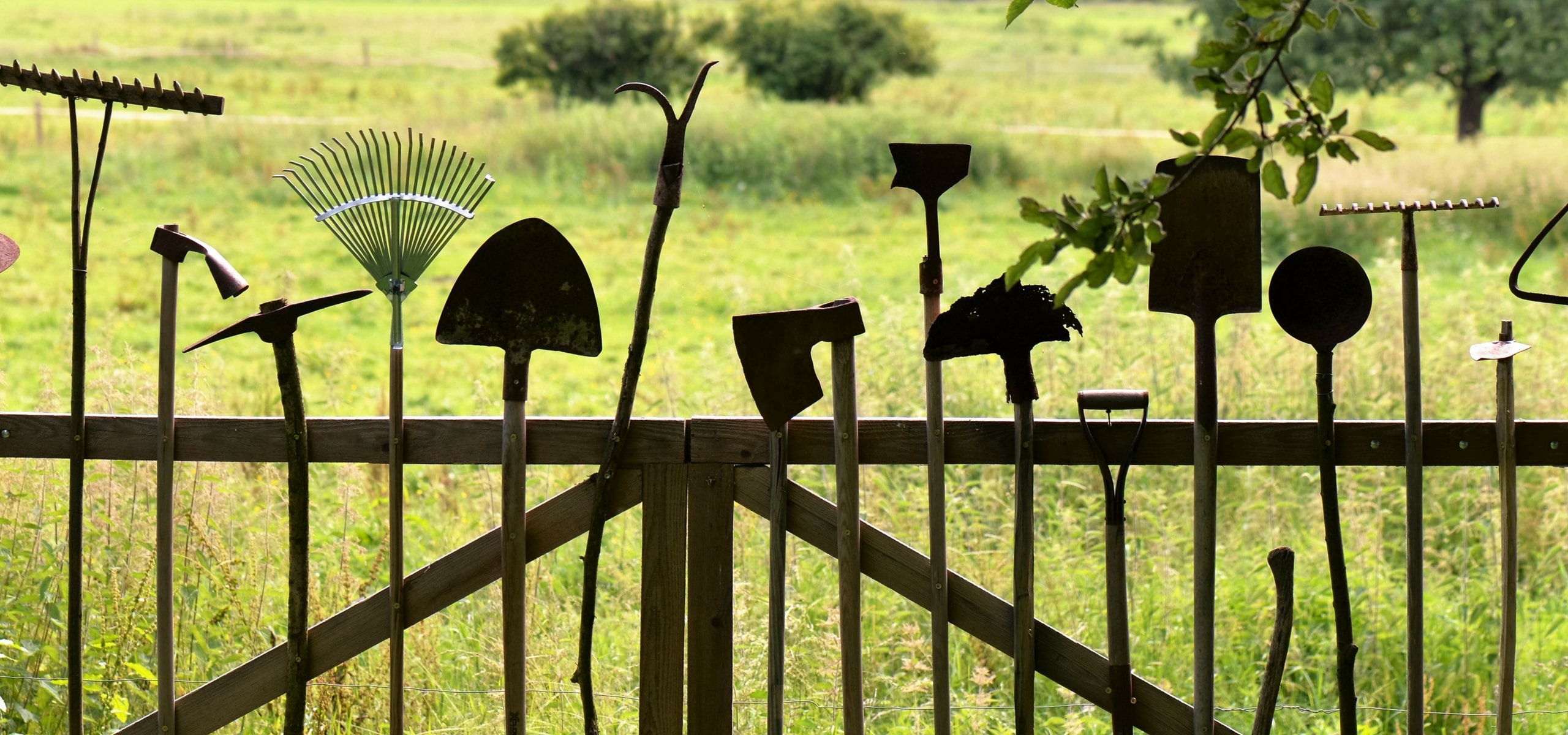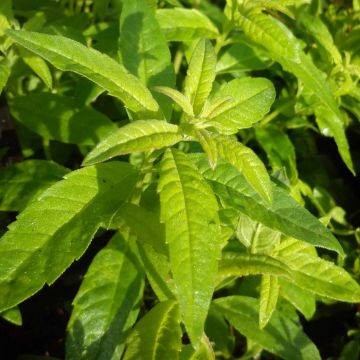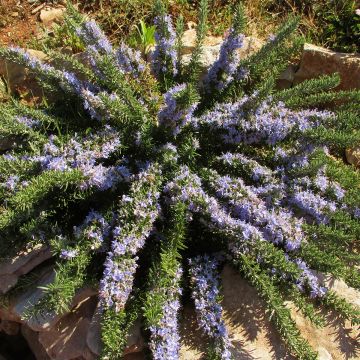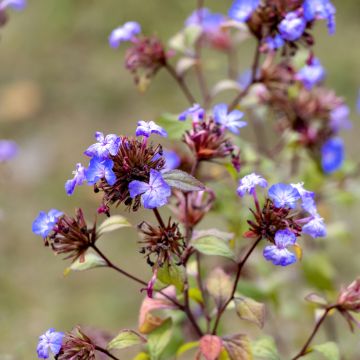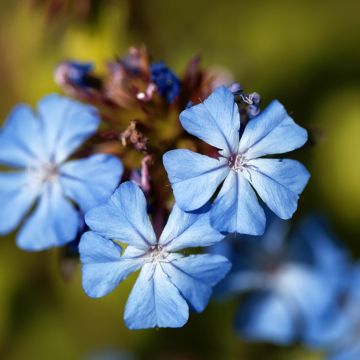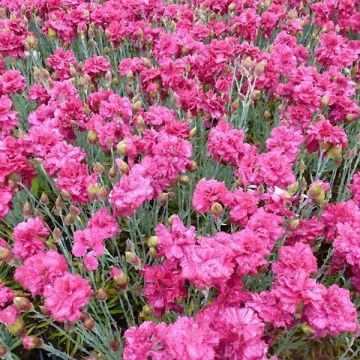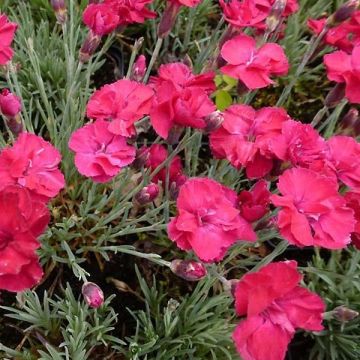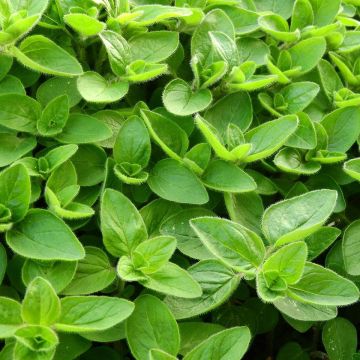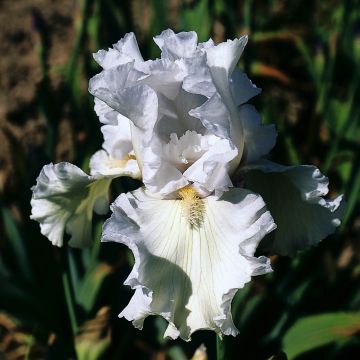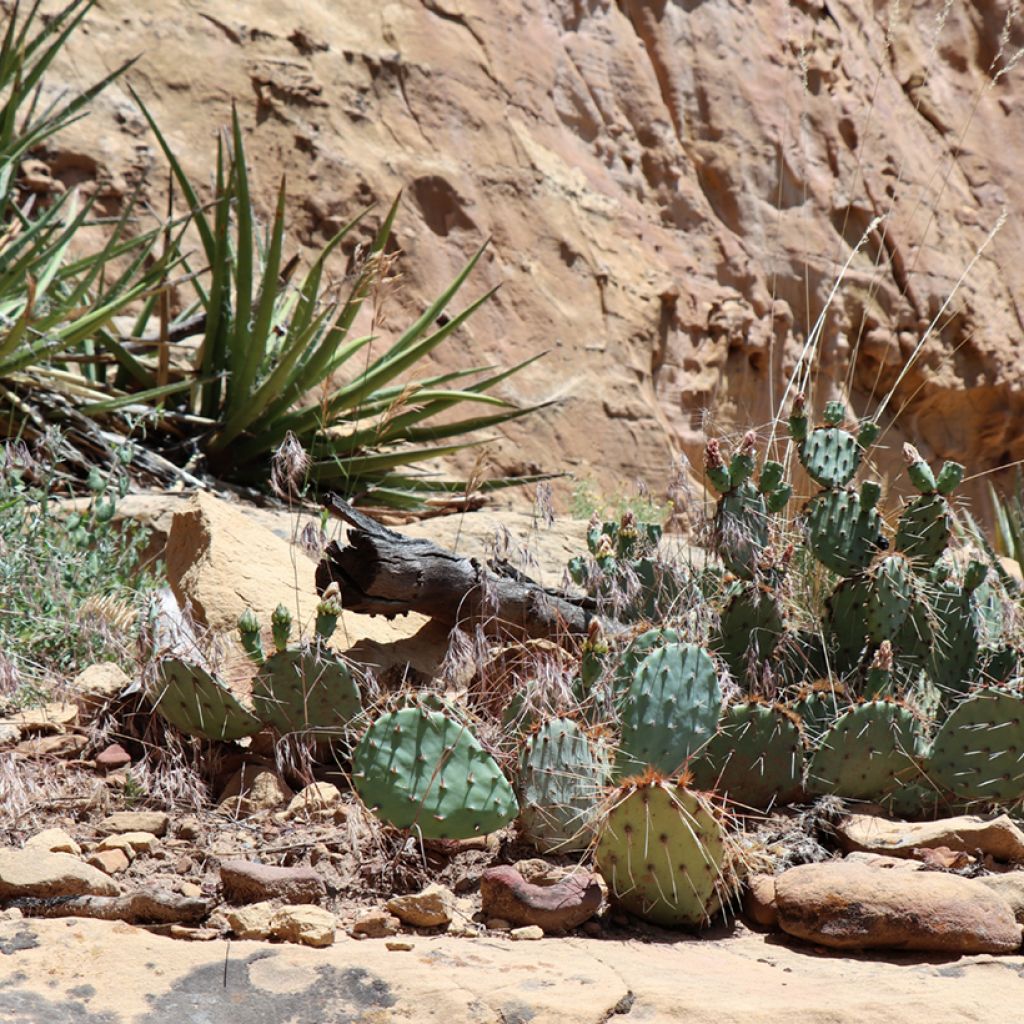

Opuntia polyacantha - Many-spined prickly pear
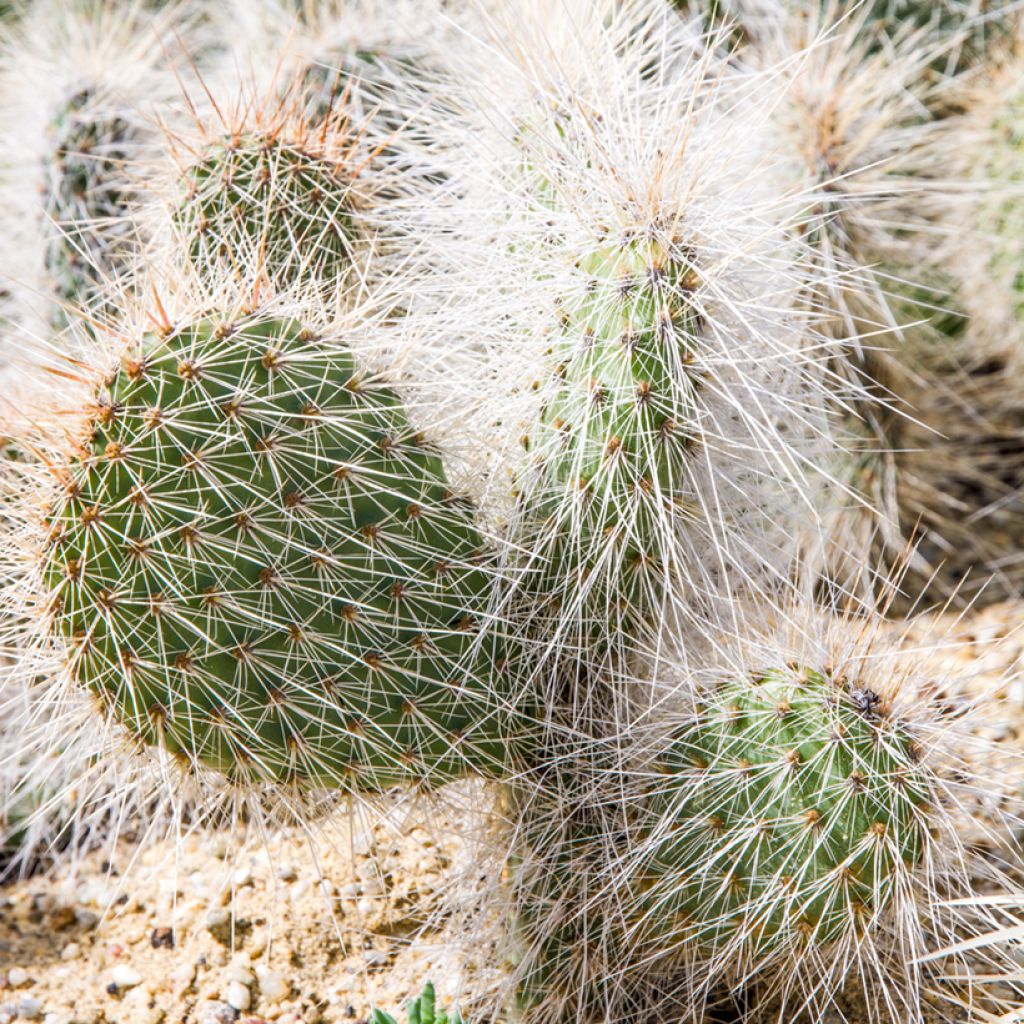

Opuntia polyacantha - Many-spined prickly pear
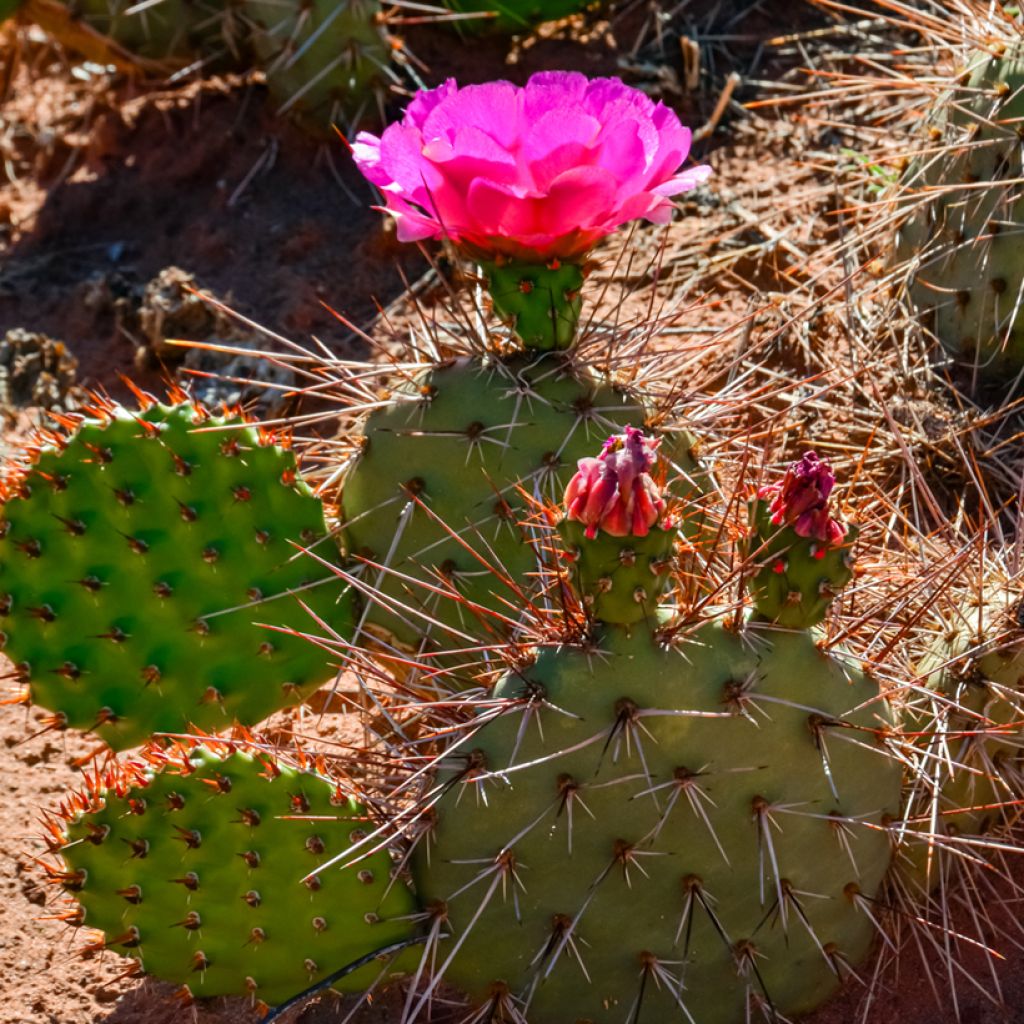

Opuntia polyacantha - Many-spined prickly pear
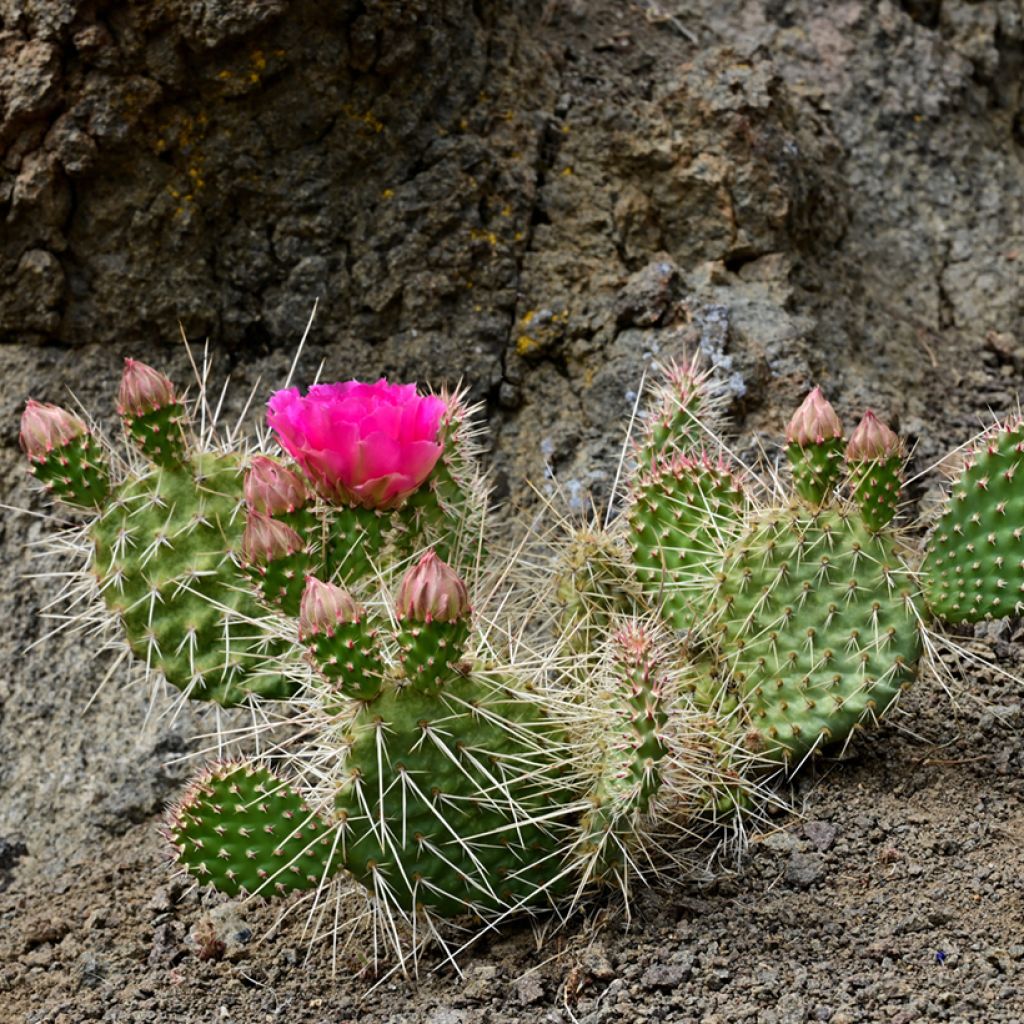

Opuntia polyacantha - Many-spined prickly pear
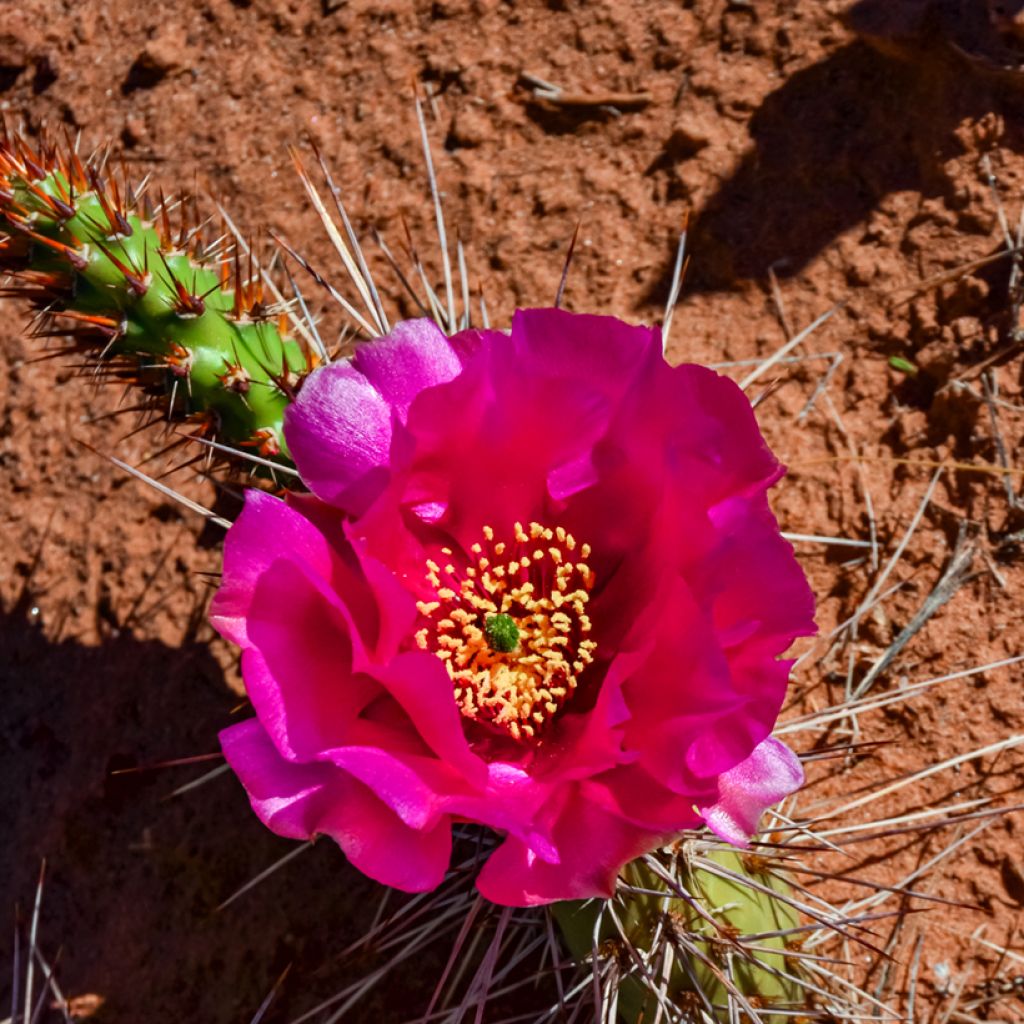

Opuntia polyacantha - Many-spined prickly pear
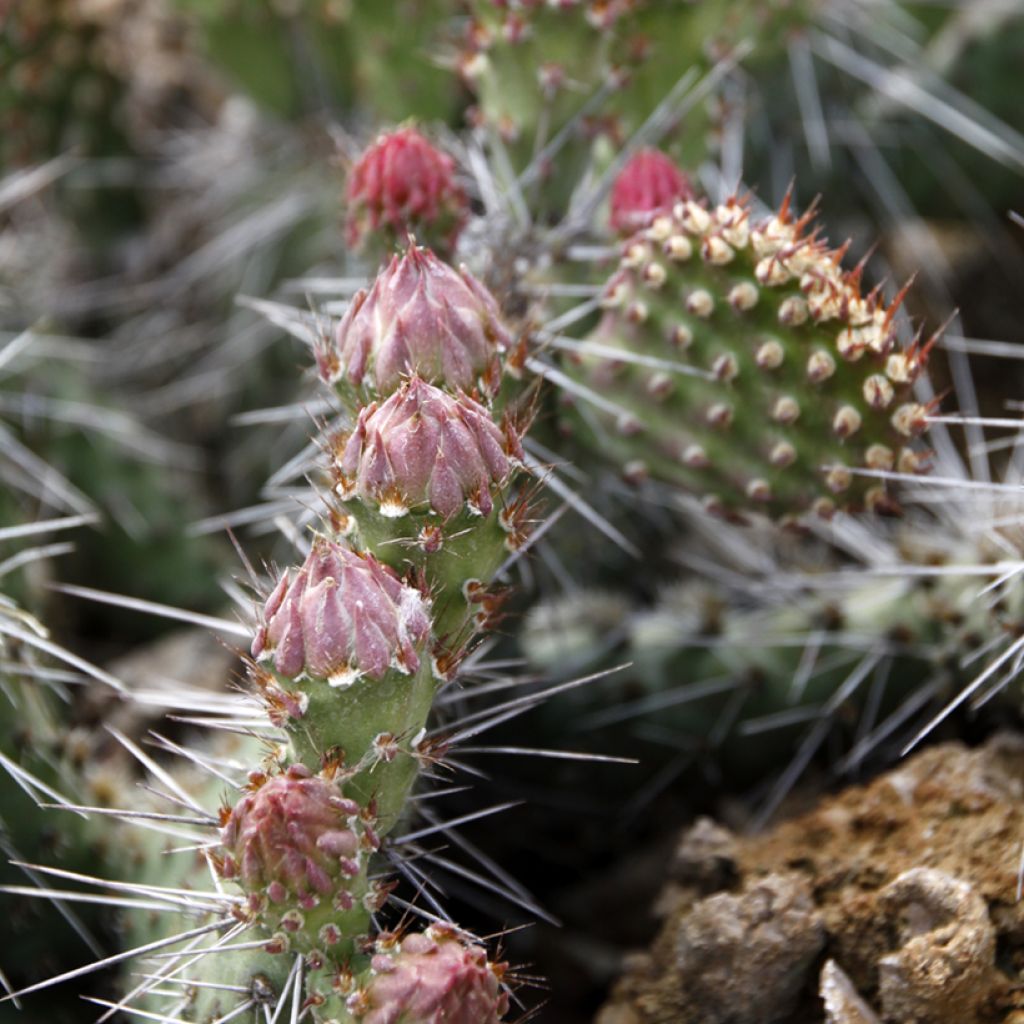

Opuntia polyacantha - Many-spined prickly pear
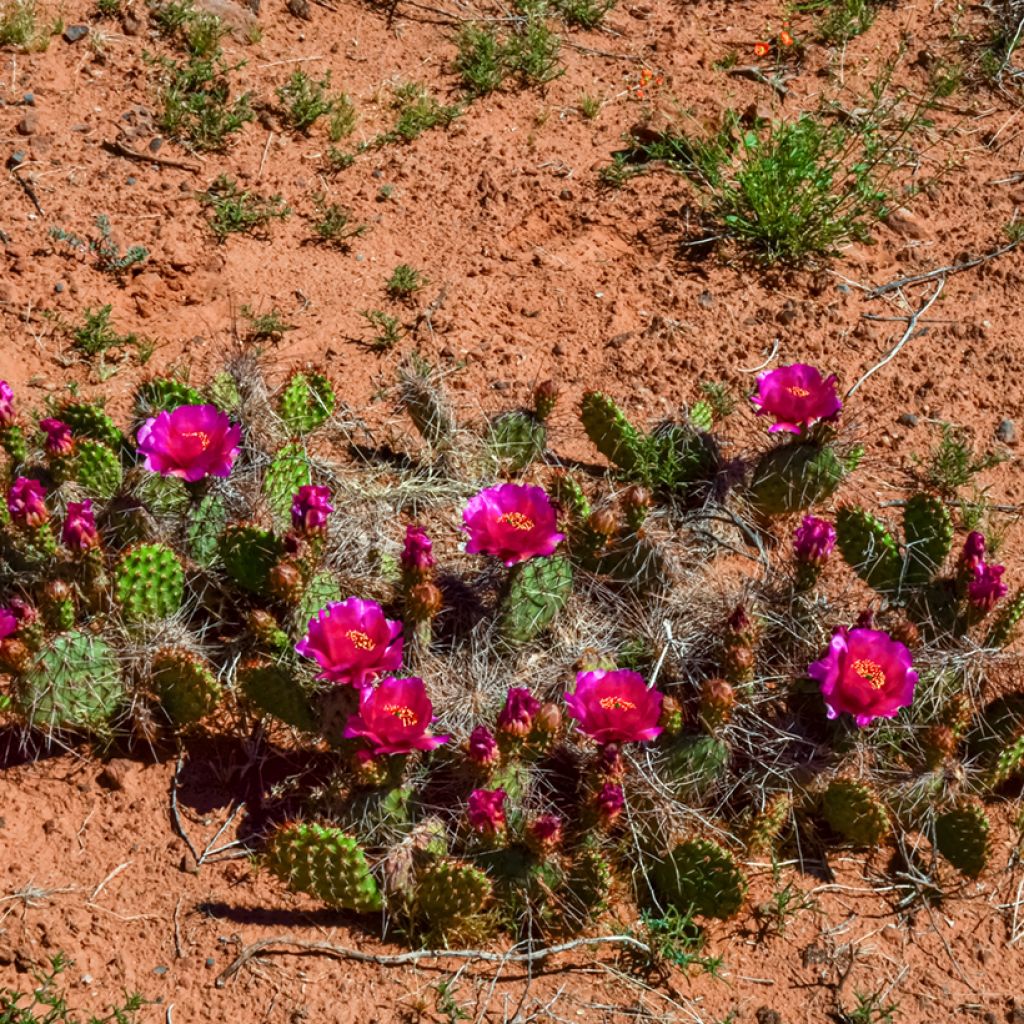

Opuntia polyacantha - Many-spined prickly pear
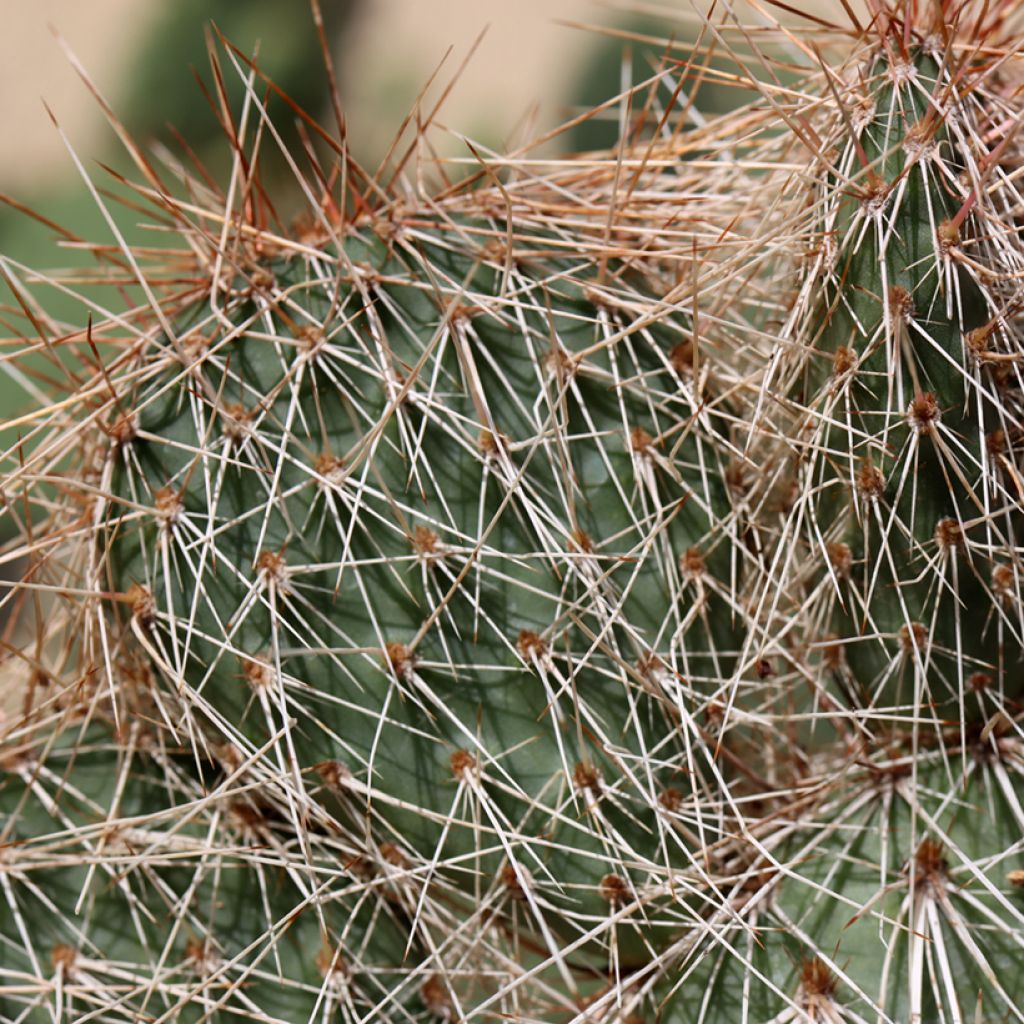

Opuntia polyacantha - Many-spined prickly pear
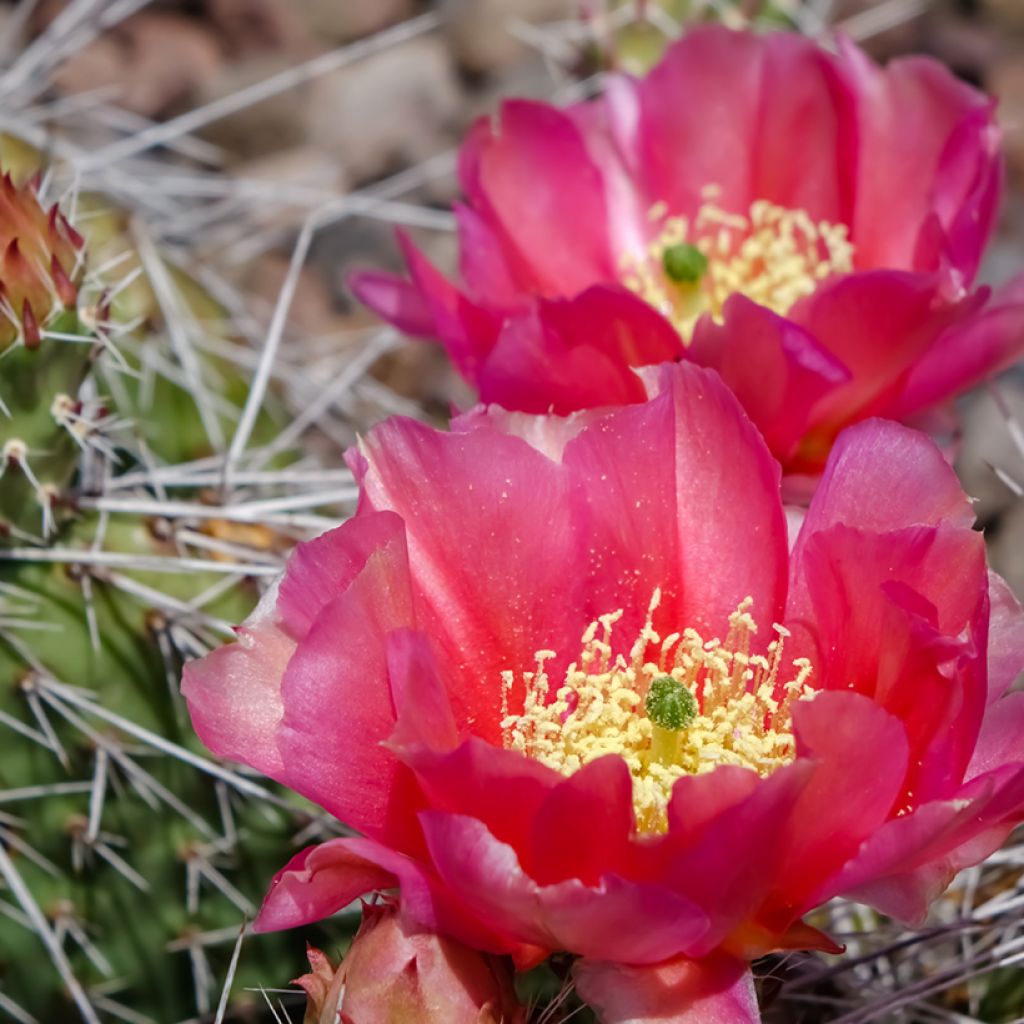

Opuntia polyacantha - Many-spined prickly pear
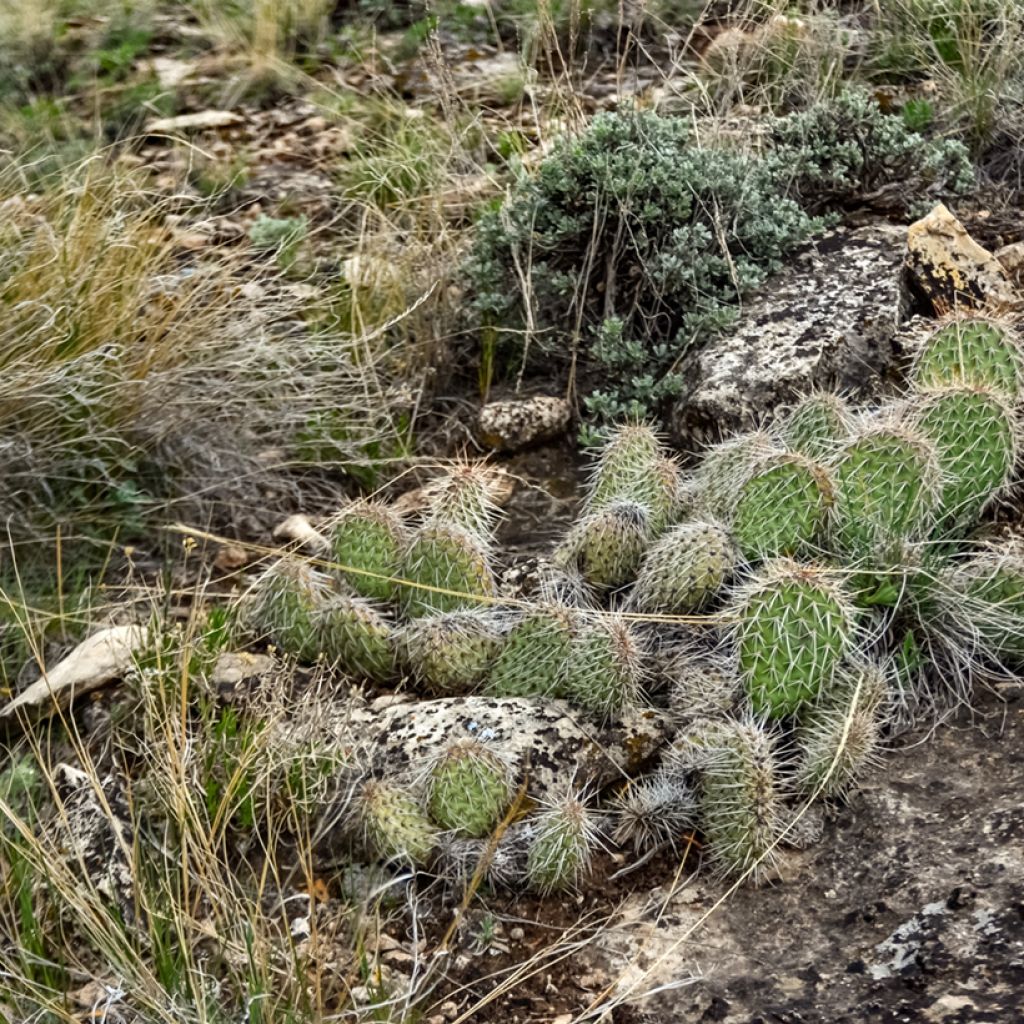

Opuntia polyacantha - Many-spined prickly pear
Opuntia polyacantha - Many-spined prickly pear
Opuntia polyacantha
Prickly Pear, many-spined prickly pear, Heacock's prickly pear
Special offer!
Receive a €20 voucher for any order over €90 (excluding delivery costs, credit notes, and plastic-free options)!
1- Add your favorite plants to your cart.
2- Once you have reached €90, confirm your order (you can even choose the delivery date!).
3- As soon as your order is shipped, you will receive an email containing your voucher code, valid for 3 months (90 days).
Your voucher is unique and can only be used once, for any order with a minimum value of €20, excluding delivery costs.
Can be combined with other current offers, non-divisible and non-refundable.
Home or relay delivery (depending on size and destination)
Schedule delivery date,
and select date in basket
This plant carries a 12 months recovery warranty
More information
We guarantee the quality of our plants for a full growing cycle, and will replace at our expense any plant that fails to recover under normal climatic and planting conditions.
Would this plant suit my garden?
Set up your Plantfit profile →
Description
Opuntia polyacantha, the Plains Prickly Pear, is a species of cactus native to the vast plains of the American West and southern Canada. Valued for its exceptional hardiness and colourful flowering, it makes an excellent choice for dry gardens, rockeries, or landscaping in many regions. Striking in a minimalist setting and spectacular against a backdrop of rocks, this plant, which spreads into prickly mats, naturally structures desert or contemporary landscapes.
Belonging to the Cactaceae family, Opuntia polyacantha has several botanical synonyms, including Opuntia erinacea and Opuntia hystricina. Its natural range extends from southern Canada, particularly British Columbia, to northern Mexico, covering a vast area of the United States, from the Great Plains to the desert regions of the Southwest. This cactus forms dense clumps reaching up to 15 cm in height and several metres in width. Its growth is relatively fast for a cactus, allowing it to quickly colonise dry areas. The "pads" or cladodes are flattened, ovate to almost round in shape, measuring between 5 and 12.5 cm long and 3.5 to 10 cm wide, with a thickness of about 1 cm. They are blue-green in colour and devoid of hairs. The closely spaced areoles bear almost invisible yellow glochids and 6 to 10 needle-like, straight or slightly curved thorns, measuring from 1 to 12.5 cm long. Flowering, which occurs from May to July, takes the form of 4.5 to 8 cm diameter flowers, usually yellow, though red variations exist depending on the strain. The fruits ripen in late summer and are ovoid, measuring 2 to 4 cm long, and turn brown at maturity. Broken segments or "pads" can root easily, promoting the vegetative spread of the species. The species name polyacantha comes from ancient Greek: poly- meaning "many" and acantha meaning "thorn". This name refers to the abundance of thorns on this species, which provide effective protection against herbivores. The fruits of Opuntia polyacantha are edible. Traditionally, Indigenous peoples consumed these fruits raw, cooked, or dried. The fruits, called "tunas", can be eaten fresh after peeling to remove the thorns or processed into jams, jellies, and beverages. The young pads, or "nopales", are also edible and can be boiled or fried after removing the thorns. The seeds can be dried, roasted, and ground into flour for use in culinary preparations. It is essential to handle the fruits and pads with care to avoid the glochids, those fine, irritating thorns.
Cultivable in all regions in well-drained soil and full sun, this "cactus" thrives in any stony, rocky, or sandy soil. It is a low-maintenance plant even in harsh climates under these conditions. Plant Opuntia polyacantha in a large rockery, gravel bed, or arid slope. It will be perfect in a stark, rocky setting with hardy columnar cacti like Cleistocactus strausii, Agave ovatifolia (also very hardy), and Hesperaloe parviflora. It can also be paired with other dryland plants like giant fennel. It is advisable to keep it away from pathways and children, due to its formidable thorns, as well as the transparent, almost invisible ones that can easily penetrate the skin and are difficult to remove.
Opuntia polyacantha - Many-spined prickly pear in pictures
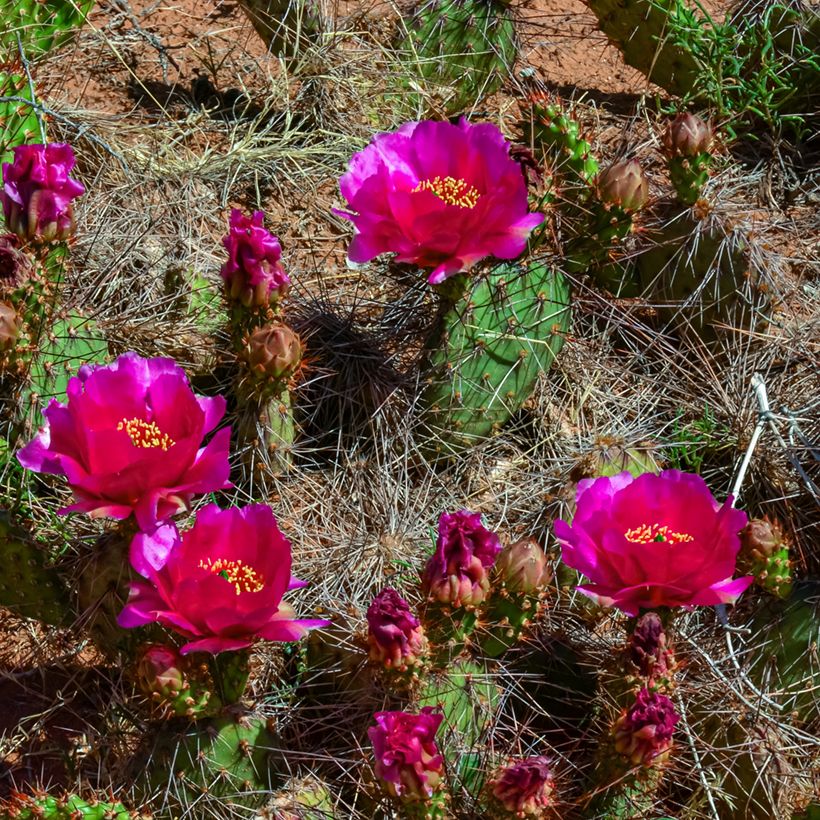

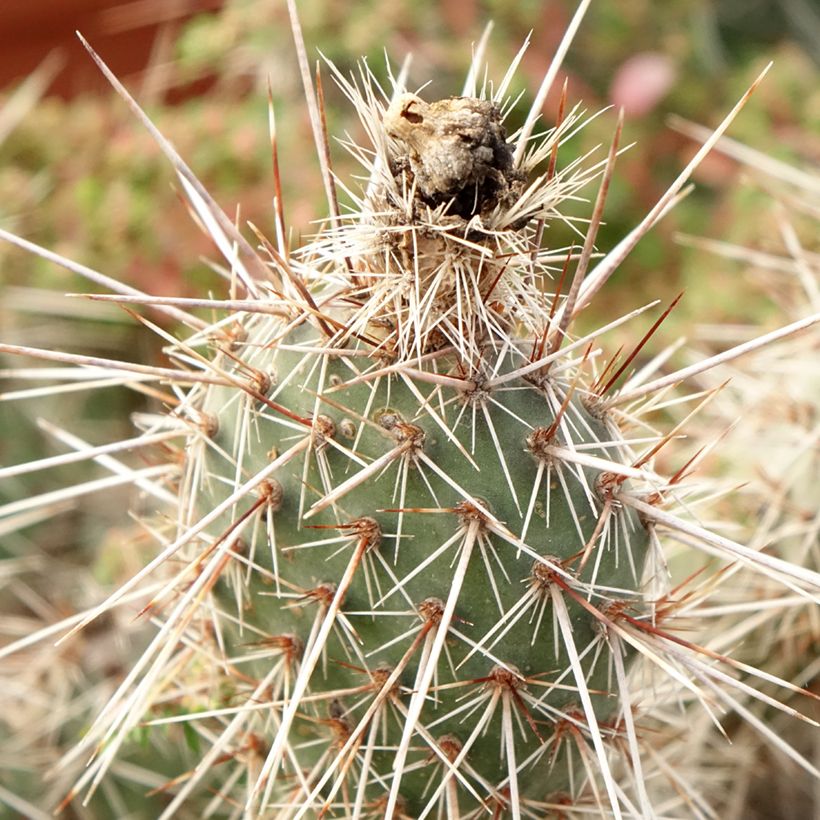



Flowering
Foliage
Plant habit
Botanical data
Opuntia
polyacantha
Cactaceae
Prickly Pear, many-spined prickly pear, Heacock's prickly pear
Opuntia erinacea var. utahensis
North America
Planting and care
Plant Opuntia polyacantha in spring or early autumn, in full sun, in poor soil that does not retain water, even rocky, stony, slightly alkaline, sandy, always very well-drained: It can withstand winter moisture and cold under such conditions. This plant thrives in dry, even arid soils during summer. It will endure intense frosts, down to approximately -40°C according to some sources. This species also tolerates snow and sea spray, making it suitable for cultivation in mid-altitude mountains as well as coastal areas. It has no known pests in our latitudes.
Growing substrate: 3/4 potting compost + 1/4 topsoil + organic fertiliser for potted plants. Sandy, very stony soil, low in clay for outdoor cultivation.
Propagation: by prickly pear cutting, easy: take a segment at a joint, place it on a cactus-specific soil substrate for a few days until a callus forms. Then insert the base of the cutting slightly deeper into the soil and water regularly. The plant will not flower or bear fruit before reaching 3 years of age.
Planting period
Intended location
Care
Planting & care advice
This item has not been reviewed yet - be the first to leave a review about it.
Similar products
Haven't found what you were looking for?
Hardiness is the lowest winter temperature a plant can endure without suffering serious damage or even dying. However, hardiness is affected by location (a sheltered area, such as a patio), protection (winter cover) and soil type (hardiness is improved by well-drained soil).

Photo Sharing Terms & Conditions
In order to encourage gardeners to interact and share their experiences, Promesse de fleurs offers various media enabling content to be uploaded onto its Site - in particular via the ‘Photo sharing’ module.
The User agrees to refrain from:
- Posting any content that is illegal, prejudicial, insulting, racist, inciteful to hatred, revisionist, contrary to public decency, that infringes on privacy or on the privacy rights of third parties, in particular the publicity rights of persons and goods, intellectual property rights, or the right to privacy.
- Submitting content on behalf of a third party;
- Impersonate the identity of a third party and/or publish any personal information about a third party;
In general, the User undertakes to refrain from any unethical behaviour.
All Content (in particular text, comments, files, images, photos, videos, creative works, etc.), which may be subject to property or intellectual property rights, image or other private rights, shall remain the property of the User, subject to the limited rights granted by the terms of the licence granted by Promesse de fleurs as stated below. Users are at liberty to publish or not to publish such Content on the Site, notably via the ‘Photo Sharing’ facility, and accept that this Content shall be made public and freely accessible, notably on the Internet.
Users further acknowledge, undertake to have ,and guarantee that they hold all necessary rights and permissions to publish such material on the Site, in particular with regard to the legislation in force pertaining to any privacy, property, intellectual property, image, or contractual rights, or rights of any other nature. By publishing such Content on the Site, Users acknowledge accepting full liability as publishers of the Content within the meaning of the law, and grant Promesse de fleurs, free of charge, an inclusive, worldwide licence for the said Content for the entire duration of its publication, including all reproduction, representation, up/downloading, displaying, performing, transmission, and storage rights.
Users also grant permission for their name to be linked to the Content and accept that this link may not always be made available.
By engaging in posting material, Users consent to their Content becoming automatically accessible on the Internet, in particular on other sites and/or blogs and/or web pages of the Promesse de fleurs site, including in particular social pages and the Promesse de fleurs catalogue.
Users may secure the removal of entrusted content free of charge by issuing a simple request via our contact form.
The flowering period indicated on our website applies to countries and regions located in USDA zone 8 (France, the United Kingdom, Ireland, the Netherlands, etc.)
It will vary according to where you live:
- In zones 9 to 10 (Italy, Spain, Greece, etc.), flowering will occur about 2 to 4 weeks earlier.
- In zones 6 to 7 (Germany, Poland, Slovenia, and lower mountainous regions), flowering will be delayed by 2 to 3 weeks.
- In zone 5 (Central Europe, Scandinavia), blooming will be delayed by 3 to 5 weeks.
In temperate climates, pruning of spring-flowering shrubs (forsythia, spireas, etc.) should be done just after flowering.
Pruning of summer-flowering shrubs (Indian Lilac, Perovskia, etc.) can be done in winter or spring.
In cold regions as well as with frost-sensitive plants, avoid pruning too early when severe frosts may still occur.
The planting period indicated on our website applies to countries and regions located in USDA zone 8 (France, United Kingdom, Ireland, Netherlands).
It will vary according to where you live:
- In Mediterranean zones (Marseille, Madrid, Milan, etc.), autumn and winter are the best planting periods.
- In continental zones (Strasbourg, Munich, Vienna, etc.), delay planting by 2 to 3 weeks in spring and bring it forward by 2 to 4 weeks in autumn.
- In mountainous regions (the Alps, Pyrenees, Carpathians, etc.), it is best to plant in late spring (May-June) or late summer (August-September).
The harvesting period indicated on our website applies to countries and regions in USDA zone 8 (France, England, Ireland, the Netherlands).
In colder areas (Scandinavia, Poland, Austria...) fruit and vegetable harvests are likely to be delayed by 3-4 weeks.
In warmer areas (Italy, Spain, Greece, etc.), harvesting will probably take place earlier, depending on weather conditions.
The sowing periods indicated on our website apply to countries and regions within USDA Zone 8 (France, UK, Ireland, Netherlands).
In colder areas (Scandinavia, Poland, Austria...), delay any outdoor sowing by 3-4 weeks, or sow under glass.
In warmer climes (Italy, Spain, Greece, etc.), bring outdoor sowing forward by a few weeks.






























